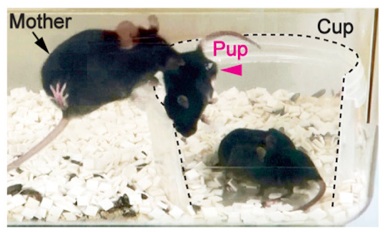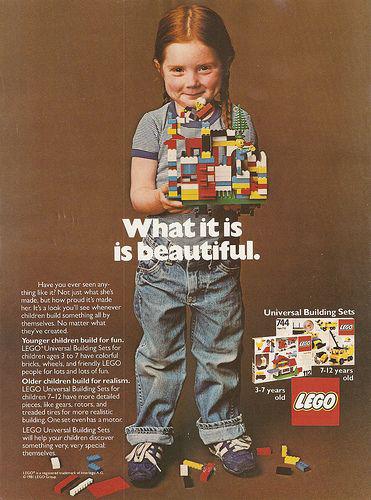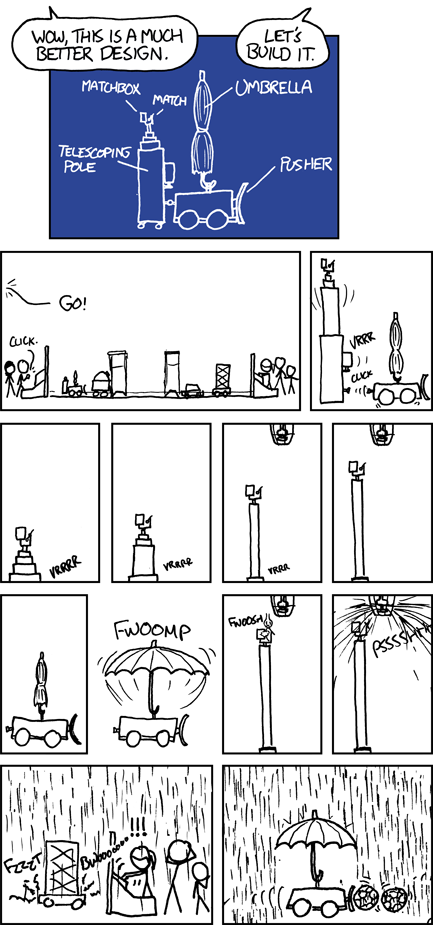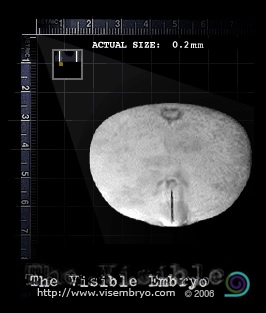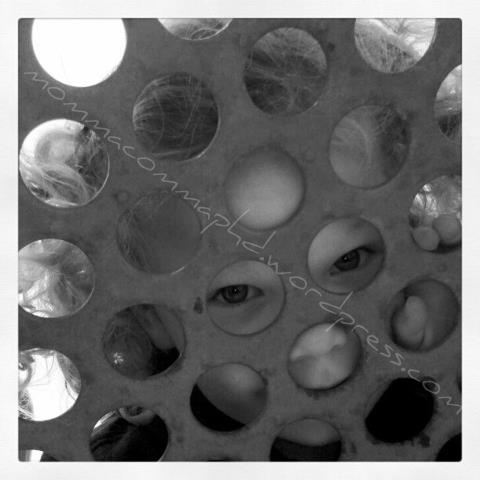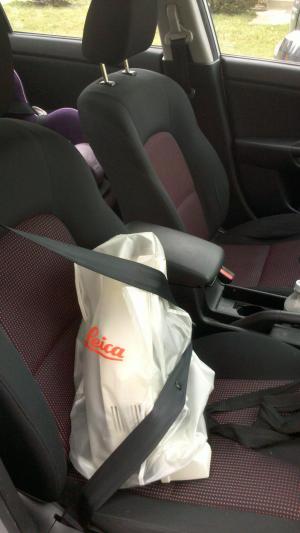Grad student’s worst nightmare:
Apparently this happened to a Rutgers student. You can read the full story here.
When I read it, my stomach got a knot in it. I remember as a grad student and post-doc having nightmares about losing data. I backed stuff up often- on Zip discs, later CDs or DVDs, external hard drives, servers, lab computers, email attachments, etc. It’s kind of odd how academic labs vary dramatically in their data back-up approaches. Some are totally DIY and up to the student. Others are standardized- with university back up servers and such.
Now that I’m in industry and data is literally the work-product I’m responsible for producing, there are rigid and advanced protocols for backing EVERYTHING up. From computer files to actual lab notebooks. My entire hard drive is backed up in almost real time. On days I’ve forgotten my laptop at home, I get a loaner from IT, log in, and I have access to my exact hard drive on a server- I don’t even miss a beat. Old-school lab notebooks (for which there is no replacement and are still used despite existence of computers) are routinely collected and scanned so there are digital backups. The company has onsite servers and backup servers. They also have two different offsite servers for backing up the back ups.
When I posted the above image and story on Facebook, I was regaled with stories of lost/destroyed/damaged computers. Unzipped backpacks seem to be common. As are spills (root beer and nail polish remover amongst them). I also got comments like, “I’m backing up right now…”
I feel horribly for that student. However, I’m really hoping his raw data is backed up elsewhere and he’s just hoping to not have to reanalyze it or remake/rewrite figures/chapters of his thesis. I know when I was working on my thesis I saved it on my hard drive and on a flash drive every single day- so I had every change each day. There were also less frequent back ups to an external hard drive and the various chapters I emailed to myself or my advisor.
Another grad student (or any researcher) nightmare:
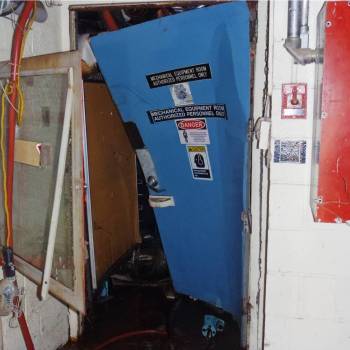
Imagine going to your animal facility and finding this? Source.
NYU Langone Medical Center was heavily damaged by SuperStorm Sandy- you can read about it here, here, and here. While the news was filled with images and stories of medical staff evacuating patients, researchers everywhere were also wondering about the research labs. Precious samples, genetically engineered mouse colonies, years of work, all in peril.
NYU’s entire animal facility, located in the basement, was flooded by the storm. Almost all of their colonies were destroyed. Years and years of work were destroyed along with them. In addition to the lost colonies, without power, everything else in the labs that were not flooded was also in jeopardy- since the back up generators were swamped.
A friend and researcher on the Upper East side made room in the lab freezers for trash bags full of materials from colleagues at NYU. Students, techs, and post-docs had basically run into the damaged buildings to dump armloads of samples (cell lines, cloning vectors, strains of bacteria and yeast, etc) from thawing freezers, clearing their bench tops with a sweep of the arm into garbage bags in the hopes of salvaging years of their lives spent constructing all of them.
Another friend who is a sales rep reported that a client (an industrial lab) busted out the walls of their building to load -80 freezers onto flat beds and move them out of lower Manhattan when it became clear how bad the flooding would be. Holes in the building would do less damage than losing those samples.
I cannot imagine the sense of loss these researchers must have felt (or still be feeling), having years of their life’s work destroyed. I cannot image being a 4th year grad student and being instantly back to square one- 4 years of work undone.
These are the things my nightmares are made of. My heart breaks for colleagues living those nightmares.



